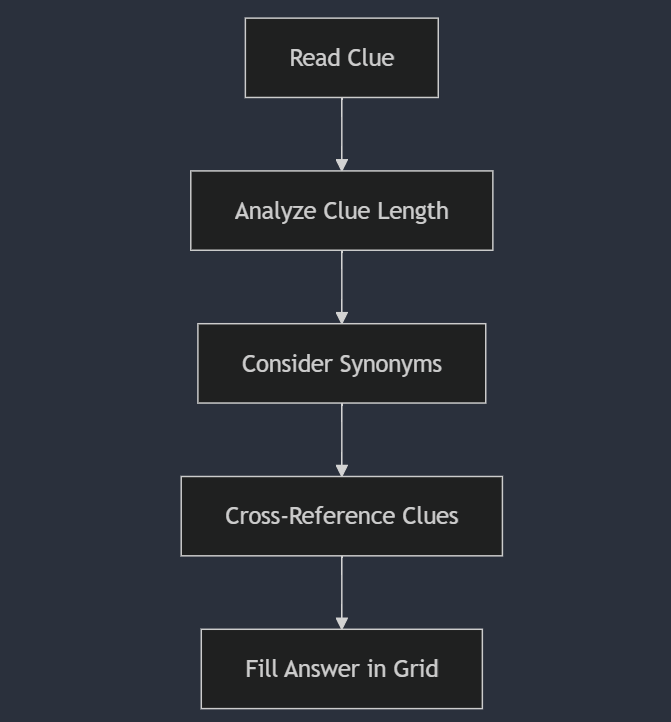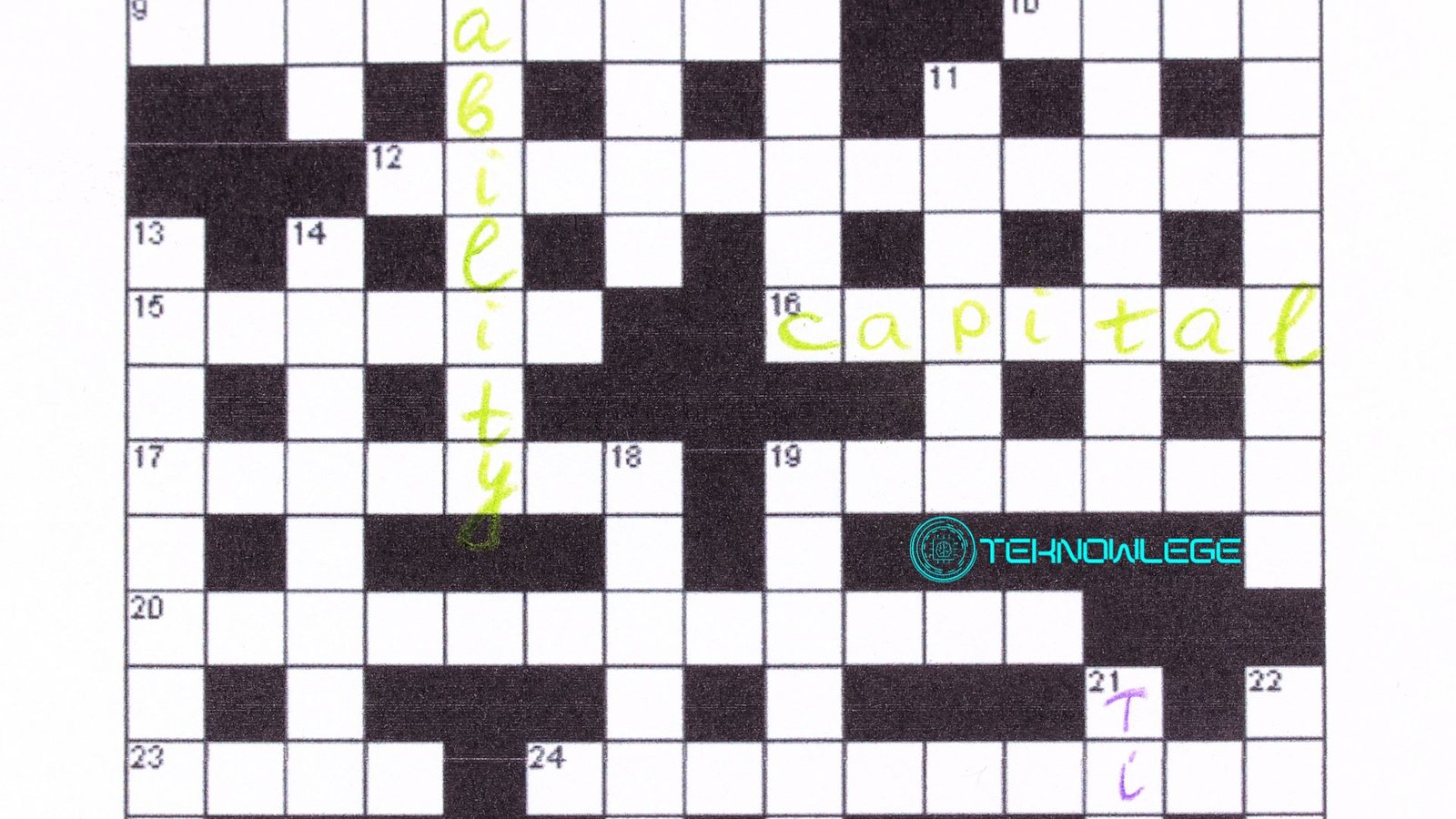Introduction of Silly Mistake NYT Crossword Clue Answer
If you’re a crossword enthusiast, you know how challenging and rewarding it can be to solve puzzles from the New York Times (NYT). However, even experienced solvers can stumble upon tricky clues, like the infamous “silly mistake” clue that appears in various NYT crossword puzzles. We’re here to provide an in-depth guide to help you crack this cryptic clue and improve your crossword-solving game.
What is a “Silly Mistake” in NYT Crossword?
The term “silly mistake” in a crossword context refers to a small, often easily overlooked error that results in an incorrect solution. These mistakes can stem from overthinking, misinterpreting clues, or simply missing the obvious.
In the New York Times crossword, the clue “silly mistake” typically refers to answers that suggest minor errors or mishaps. In some cases, it may be a metaphorical or playful reference, making the solution less obvious than it seems.
Common “Silly Mistake Crossword Clue Answer”
When facing the “silly mistake” clue, there are several common answers that frequently appear in NYT crosswords. These include:
1. GOOF
A classic crossword answer, “GOOF” refers to a simple or silly mistake. It’s a four-letter word that fits into many crossword grids. Often, this is one of the first guesses solvers should consider.
2. FLUB
“FLUB” is another popular answer. This word means to make an error or carelessly botch something. It’s another four-letter solution that regularly appears in crossword puzzles.
3. ERROR
A direct synonym for mistake, “ERROR” is a five-letter word that frequently matches crossword clues related to silly or unintentional blunders. It’s a relatively simple answer.
4. GAFFE
“GAFFE” denotes a conspicuous error, particularly one that is public or embarrassing. This five-letter word also makes frequent appearances in the NYT crossword, especially when the clue leans toward a social or public blunder.
How to Approach NYT Crossword Clues
The key to solving the “silly mistake” clue is to break down the crossword puzzle’s structure and analyze the clue in context. Here’s a step-by-step guide to solving tricky clues like this one:
1. Check the Length of the Answer
The number of letters in the solution is a critical clue. This narrows down your possible answers significantly.
2. Look for Common Synonyms
If the clue hints at a mistake or error, consider synonyms like “error,” “blunder,” “goof,” “slip,” or “gaffe.” These words are frequently used in crossword puzzles.
3. Cross-Reference with Other Clues
Use the answers to adjacent clues to confirm or disprove your guesses. Crossword puzzles often rely on the solver’s ability to link clues across the puzzle, so don’t hesitate to cross-reference as much as possible.
4. Contextual Understanding
Crossword puzzles, particularly the NYT ones, sometimes use playful or pun-like language. In some cases, “silly mistake” might refer to a comedic mishap or a well-known gaffe, rather than just a straightforward error.
Examples of Silly Mistake Clues in NYT Crossword Puzzles
Let’s review some actual crossword clues and answers from past New York Times puzzles to illustrate the variety of answers for the “silly mistake” clue.
- Clue: “Silly mistake (4 letters)”
Answer: GOOF - Clue: “Prominent botch in a talk (5 letters)”
Answer: GAFFE - Clue: “Silly mistake or blunder (4 letters)”
Answer: FLUB
These examples show how the same general clue can have multiple answers depending on the specific puzzle, word length, and the surrounding grid.
Diagram for Crossword Solving Strategy

Expanding Your Crossword Knowledge
While “silly mistake” is a frequent and challenging clue in NYT crossword puzzles, it’s just one of many tricky clues you’ll encounter. To improve your crossword-solving skills, consider these strategies:
1. Practice Makes Perfect
The more puzzles you solve, the more familiar you’ll become with the common words, phrases, and patterns used in crosswords. NYT puzzles often recycle popular clues and answers, so regular practice helps.
2. Learn Crossword Lingo
Crosswords have their language and set of conventions. Terms like “anagram,” “homophone,” and “cryptic clue” are important to understand if you want to become a proficient solver.
3. Use Crossword Dictionaries
Several online resources, such as crossword dictionaries and thesauruses, can help you solve challenging clues. These tools can be invaluable when stuck on a particularly tricky section.
4. Join Crossword Communities
Joining online forums or groups for crossword enthusiasts can offer valuable tips, strategies, and new techniques. It’s also a great way to keep up with the latest trends in crossword puzzles, including new and evolving clue patterns.
Conclusion
The “silly mistake” clue in NYT crosswords can be deceptively difficult, but with the right approach, you can quickly identify the correct answer. By familiarizing yourself with common answers like “GOOF,” “FLUB,” and “GAFFE,” and by practicing regularly, you’ll enhance your crossword-solving skills. Keep challenging yourself, use context clues, and don’t be afraid to guess—crosswords are as much about learning as they are about solving.
FAQs
1. What is the most common answer for “silly mistake” in a crossword?
The most common answers include “GOOF,” “FLUB,” and “ERROR,” all of which refer to minor mistakes or blunders.
2. Why is the “silly mistake” clue difficult?
It can be not easy because the clue is often metaphorical or playful, making it less obvious. The variety of potential answers also adds to the challenge.
3. How can I improve at solving NYT crossword puzzles?
Practice regularly, familiarize yourself with common crossword terms and conventions, and use online tools like crossword dictionaries.
4. Are crossword clues always literal?
No, many clues, especially in the NYT crossword, are cryptic or use wordplay, which requires a different approach to solving.
5. What resources are best for beginners?
For beginners, crossword-solving apps, online dictionaries, and forums can be excellent resources for improving skills and learning new strategies.




2 thoughts on “Silly Mistake NYT Crossword Clue Answer – Solve the Puzzle Easily”